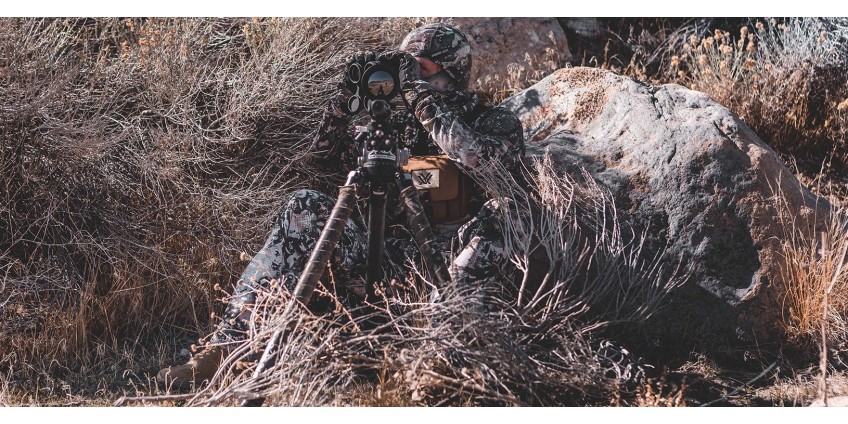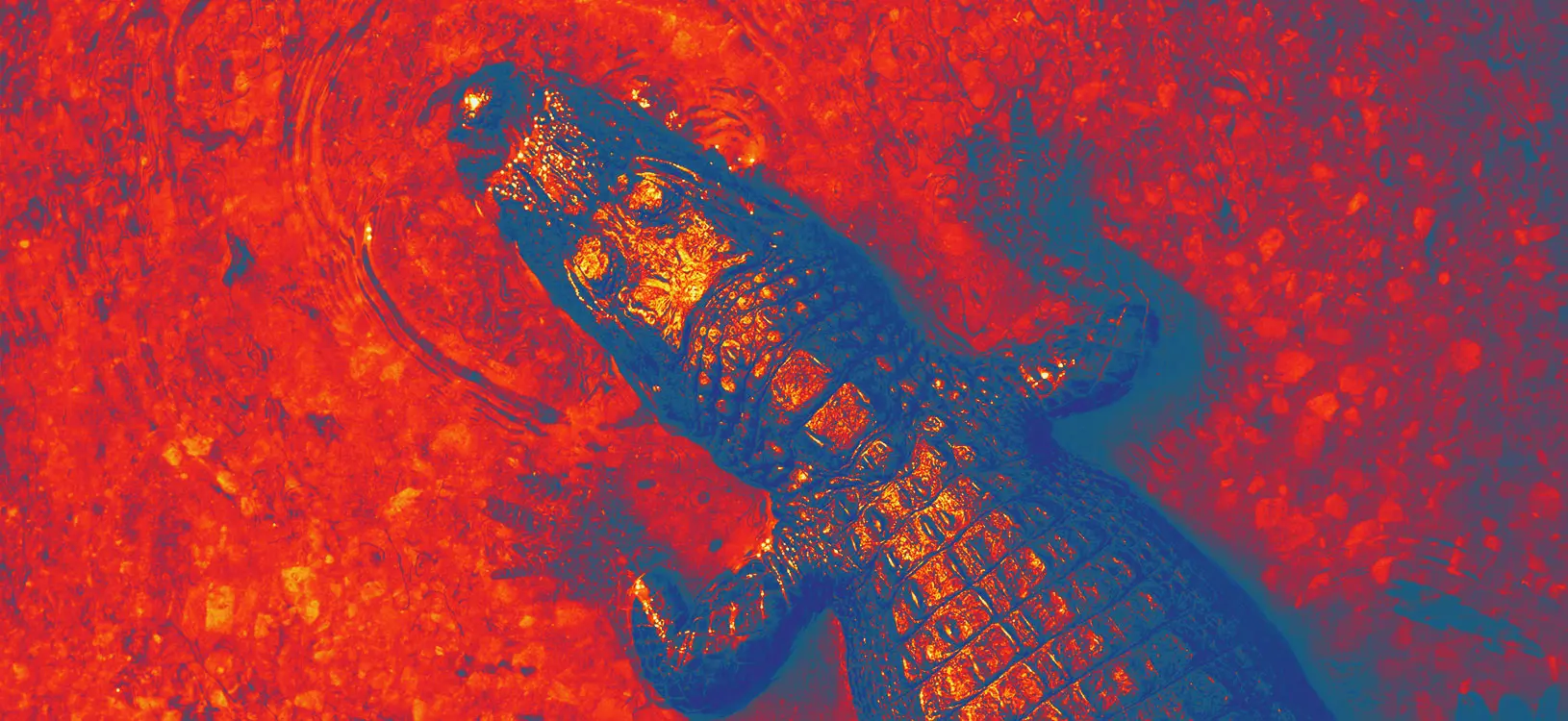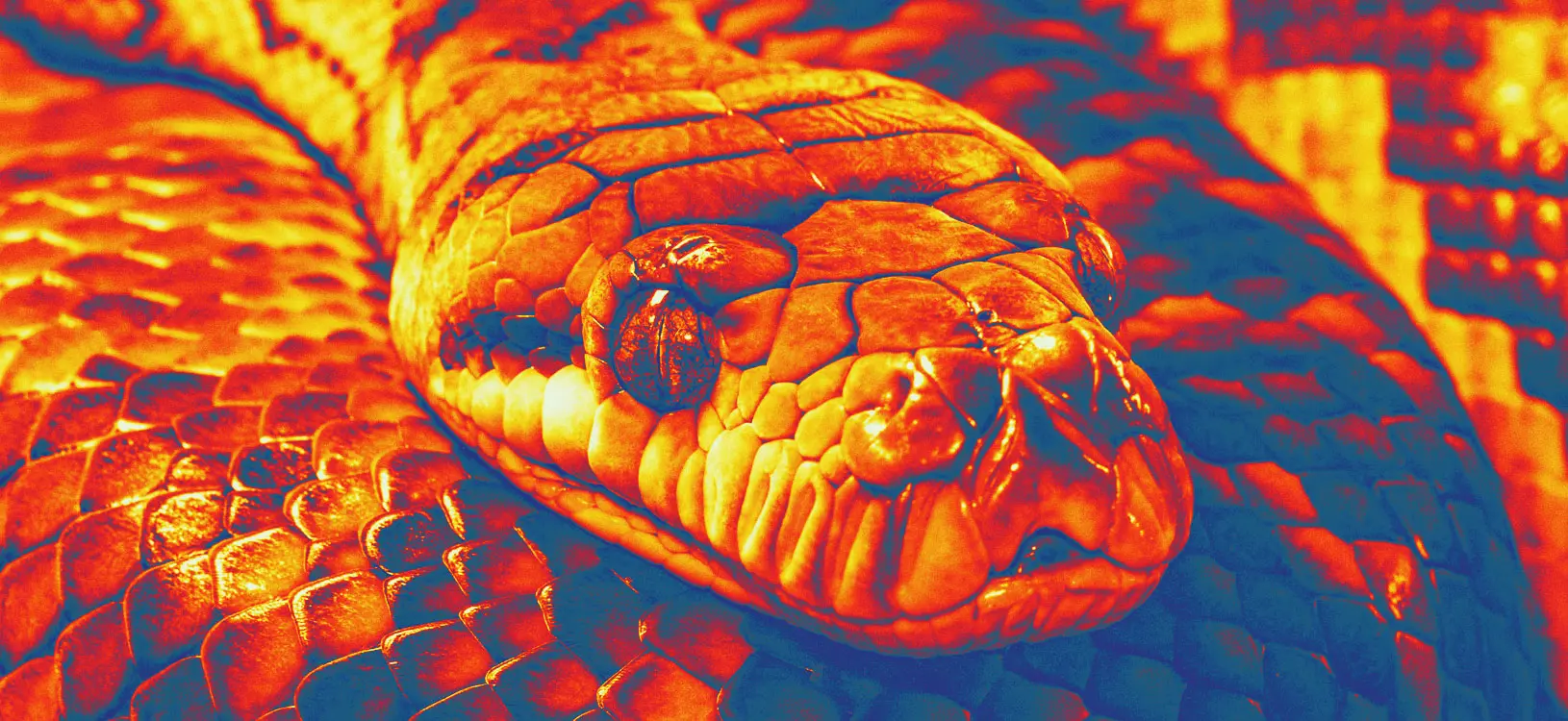
This product is not exportable outside the United States.
By adding this item to cart, you agree and acknowledge the Export Policy and confirm that you are a person in the United States with no intentions to illegally export the device.
This product is not exportable outside the United States.
By adding this item to cart, you agree and acknowledge the Export Policy and confirm that you are a person in the United States with no intentions to illegally export the device.


0

0


Thermal imaging camera - an electronic observation device that builds an image of the temperature difference in the observed space area. Regardless of whether it moves or is in a static position, every object, both animate and inanimate, emits electromagnetic waves covering a wide frequency range, including the infrared spectrum. Radiation in this spectrum is also called thermal radiation. Its intensity depends on the object's temperature and is practically unaffected by the degree of illumination.
A thermal imaging camera is an electronic observation device that produces an image of the temperature difference in the observed space area. The basis of any thermal imaging camera is a bolometric matrix (sensor). Each element (pixel) measures the temperature with high accuracy. The advantage of thermal imaging cameras is that they do not need external light sources: the thermal imaging sensor is sensitive to the radiation of objects. As a result, thermal imaging cameras work equally well during the day and night, even in total darkness. Bad weather conditions (fog, rain) do not create insurmountable interference to a thermal imaging camera while at the same time rendering regular nighttime instruments useless.
Simplified, the principle of operation of all thermal imagers is described by the following algorithm: The objective of a thermal imager forms on the sensor a temperature map (or a map of the radiation power difference) of the entire area observed in the field of view. The microprocessor and other electronic components of the structure read data from the matrix, process them and form on the device display an image, which is a visual interpretation of these data, which directly or through the eyepiece is viewed by the observer.
Unlike night vision devices based on electron-optical converters (let's call them analog), thermal imagers, like digital night vision devices, allow for many user settings and functions. For example, adjustment of brightness, image contrast, change of image color, entry of different information into the field of view (current time, low battery indication, icons of activated modes, etc.), additional digital zoom, "picture in picture" function (allows in a separate small "window" to display a different image of the object in whole or some part of it, including enlarged), temporary display shutdown (to save energy and mask the observer by excluding the glow of the working display).
Snakes are unique in that they can regulate their temperature. Most often, they adjust it to the degree of heating of the environment, which makes it difficult for thermal imagers to distinguish them from the general background. Also, snakes and many other cold-blooded animals are relatively small in size. This makes their thermal signature less noticeable in infrared images, even when surrounded by colder or hot objects. Various environmental factors (heavy fog, high humidity, dense vegetation, rocky surfaces, thin air, etc.) also reduce the likelihood of detecting a snake.

IR cameras can only see objects with a low surface temperature in a few cases. The first of these is a sharp contrast between cold and heated objects. In this situation, the device will see the temperature difference, making it possible to identify the cold object. Next, IR cameras will be able to detect objects that move and leave a thermal trace behind them. And finally, with devices of this type, users will be able to see objects that quickly reduce the temperature of warmer bodies with their cold surfaces.
Snakes are difficult to detect using various devices and your eyesight. They always behave secretly and blend into the surrounding background. Only specialists who know where to look can notice snakes. Professionals sometimes use thermal imaging optics to detect reptiles. With this help, they try to find the animals and various thermal anomalies that appear on the device display. They are difficult to notice but possible.
The only reptiles that everyone can detect using thermal imaging are pit vipers. They have special infrared receptors in the form of small depressions on their heads. These pits of snakes capture infrared signals emanating from the victim's body, which become visible to thermal imaging optics. At the same time, any snakes will be visible with the help of night vision devices. They enhance visible light and form a clear, detailed image on which you can quickly see even cold-blooded animals.
Almost all living warm-blooded creatures and mechanisms emit heat. Against the background of other objects, humans, animals, or cars have higher temperatures, showing up more clearly on the device's screen. However, for example, cold-blooded animals like snakes would be virtually impossible to detect with a thermal imager. However, technology is moving forward, and the University of Central Florida has already developed a camera with the help of a nonprofit company that can be used to see snakes. This was made possible by using a particular length of light to show the snake as an ethereal glide against a black background. This camera uses near-infrared light with a wavelength of 850 nanometers (people see between 400 and 700 nanometers) to detect snakes, which reflect light at this level differently than flora and water.

While the wavelength indicates that the snake is dark against a bright background, the technology reverses this, making the snake glow white against a black background and more straightforward to detect. This camera can be used both during the day and at night. There are plans to create a special attachment for the drone and a feature that will allow the camera to detect the python and warn the hunter.
Thermal imaging devices can detect infrared radiation and create a thermal image of the surrounding space. With their help, detecting warm-blooded animals, people, and various heated objects will be easy. At the same time, thermal imaging devices are not enough to detect snakes. However, there are already innovative solutions that will allow such optics to see even them shortly.
Snakes can only be seen with a thermal camera if placed against a background of heated objects or various warm-blooded animals.
Seeing reptiles with thermal imaging will be difficult due to their low body temperature.
Any cold-blooded animals will be invisible to thermal imagers as their temperature is approximately the same as the ambient temperature.
Yes, snake detection devices exist, but their operating principle is unrelated to thermal imaging.
Modified: Jan 03, 2025 | 06:19 pm
Table of contents